
CCAD Stories: Laurenn McCubbin

As Associate Professor Laurenn McCubbin helped to design the curriculum for the Comics & Narrative Practice program at Columbus College of Art & Design, she thought back to everything she wanted when she went to art school.
“I graduated and felt like, I know how to do the thing, but how I do make money from the thing? How do I get started?” McCubbin says.
So, she made sure that CCAD’s Comics & Narrative Practice major, which launched in 2017, answered those questions and combined both the art and the business of comics.
The unique major includes classes like the Comics Anthology Practicum, which pairs student artists with professional comic writers (many of whom McCubbin knows from her work in the comics industry) to collaborate on work for a comics anthology called Spitball.
In addition to teaching the Spitball course and other classes at CCAD, McCubbin is a large-scale installation artist and in-house designer for Milkfed Criminal Masterminds, the publishing company created by Matt Fraction and Kelly Sue DeConnick, creators of the hit comics Bitch Planet and Sex Criminals. She also edits the comics SfSx, written by Tina Horn, and Moonstruck, written by Grace Ellis and illustrated by CCAD grad Shae Beagle (Illustration, 2017). She also helps organize the annual Cartoon Crossroads Columbus festival (also known as CXC), which takes place every September.

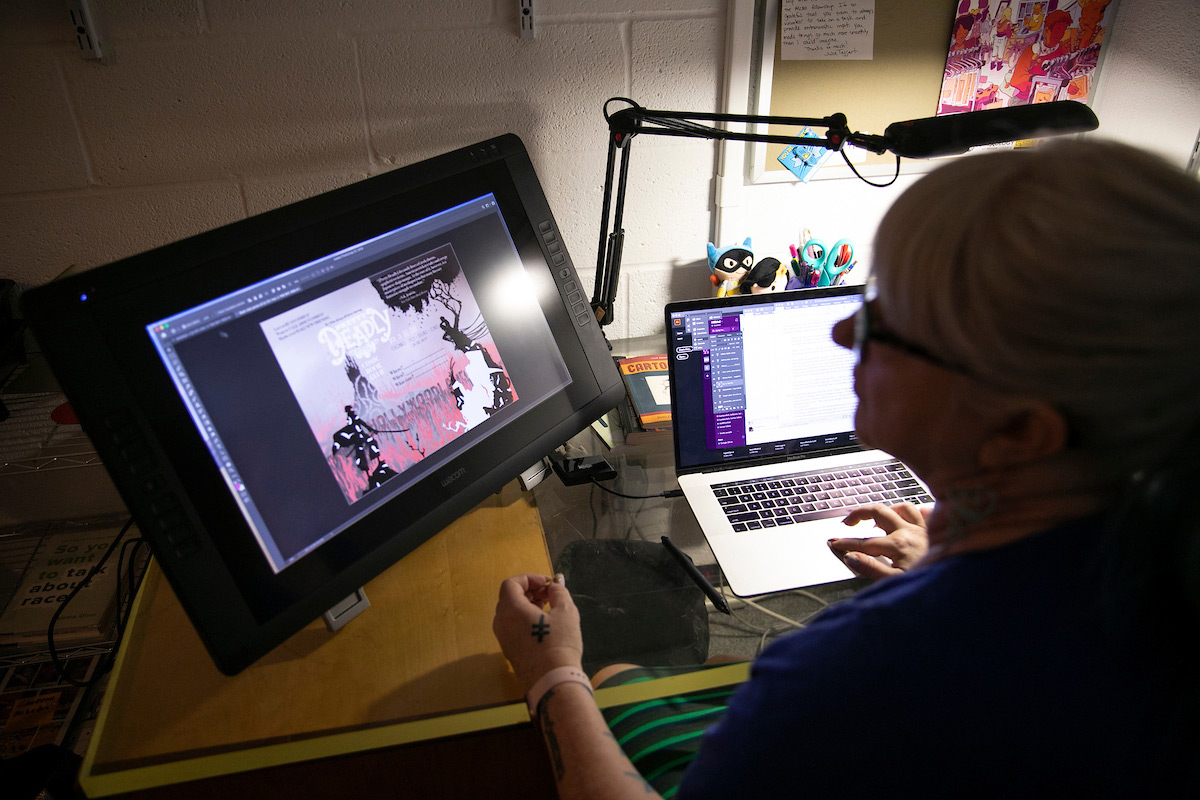
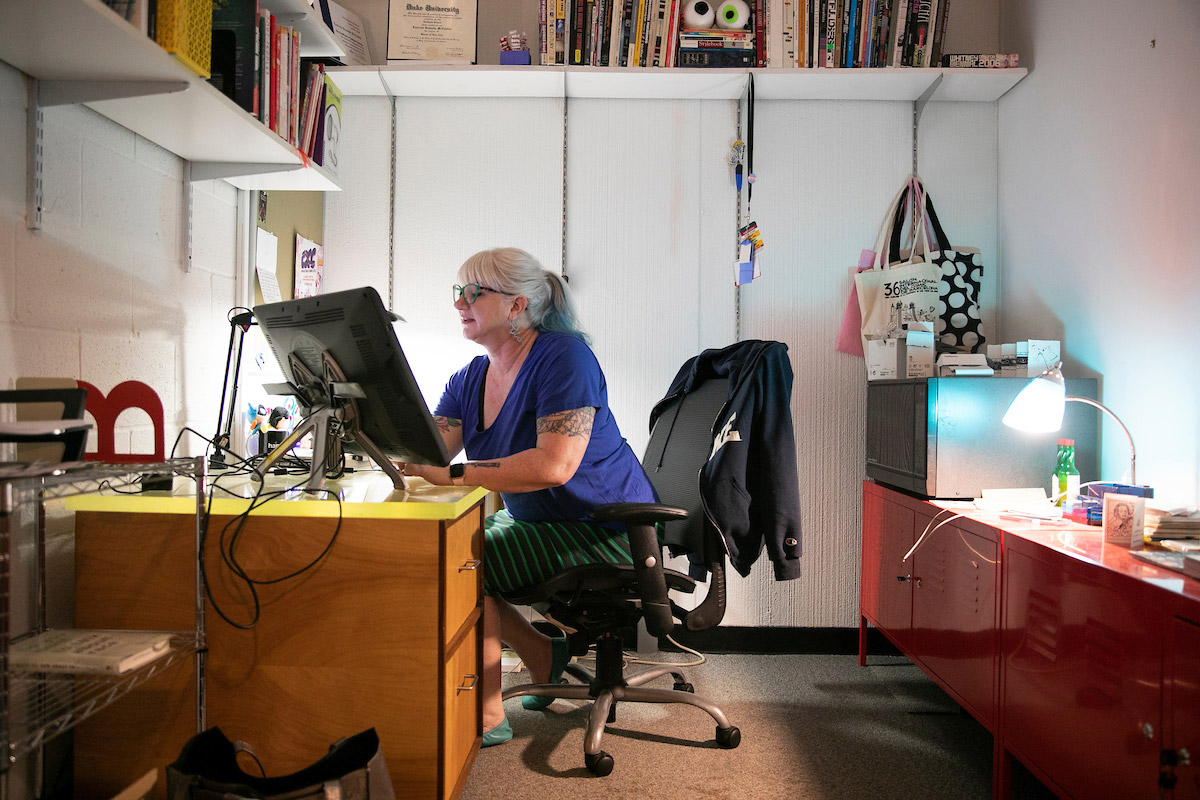
How did you end up in your current role at CCAD?
I started out teaching Foundations, and I got to talking with (now retired Illustration Chair) Stew McKissick about his desire to start a comics program. He knew about my background in comics and enlisted me to start writing the curriculum that became the major. There aren’t a ton of specific comics majors in colleges, and we’re the only one that emphasizes writing and professional practice as much as we emphasize the art.
What do students learn as part of the Comics & Narrative Practice major?
They learn all the different modes of making comics, everything from being someone who works at a mainstream comics studio, to being an auteur who both writes and draws everything, to how to self-publish or to how to pitch a book to a publisher. It’s all about teaching students all of the ways that you can work in the industry.
A number of comics you work on were recently featured in Electric Literature’s “10 Comics to Read While You Smash the Patriarchy.” Are you drawn to comic work about women and queer characters?
Definitely. That’s always been part of my personal artistic work and my own life. Looking at my art, from the earliest days, I’ve worked on stuff that touches on the topic of sex work.
How do you incorporate your many comics-world connections in the classroom?
I liken our comics practicum class being to the closest you can get to working as a publishing house while you’re still in undergrad. We pair students with professional writers to create stories for Spitball. Then the students do all the work on the book - the design work, the merchandising work, taking it to conventions and selling it. I’m bringing in people I know as writers, connecting the students with editors, with lawyers to talk about contracts. These are the things you would have to know how do to publish a book, and these are all the people they need to know as creators.
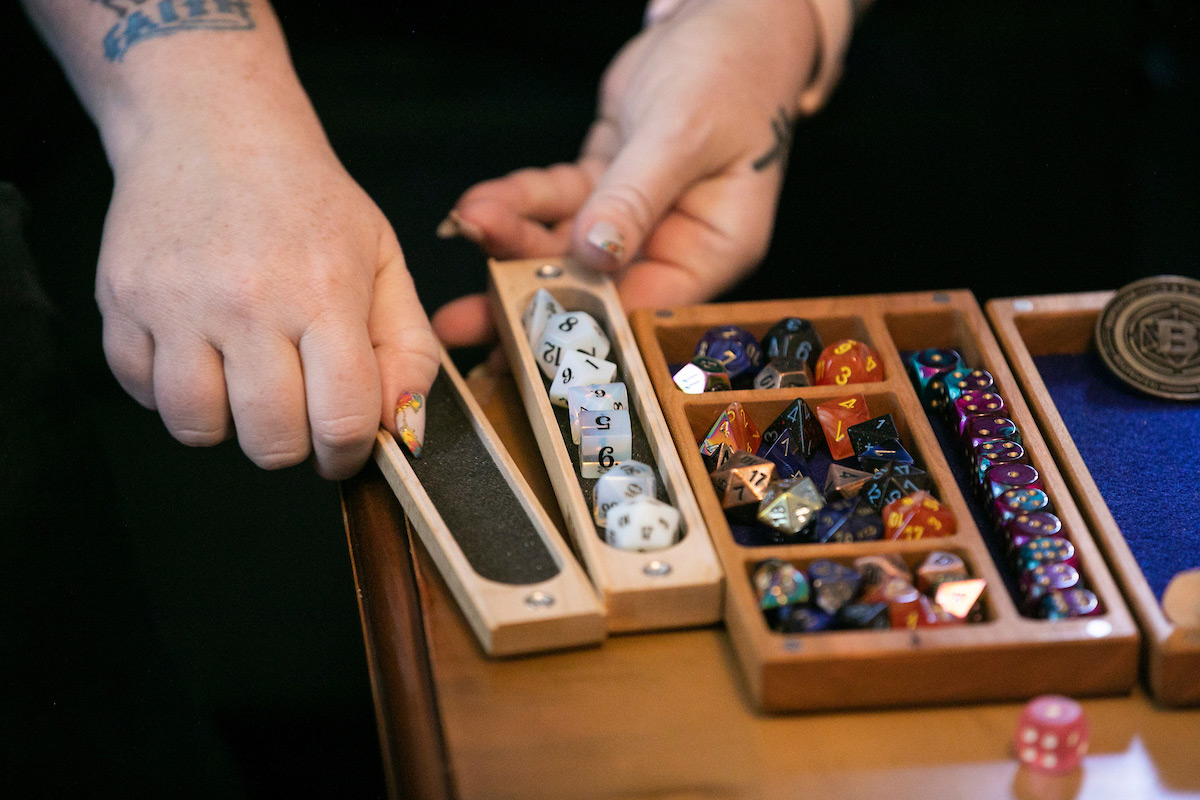
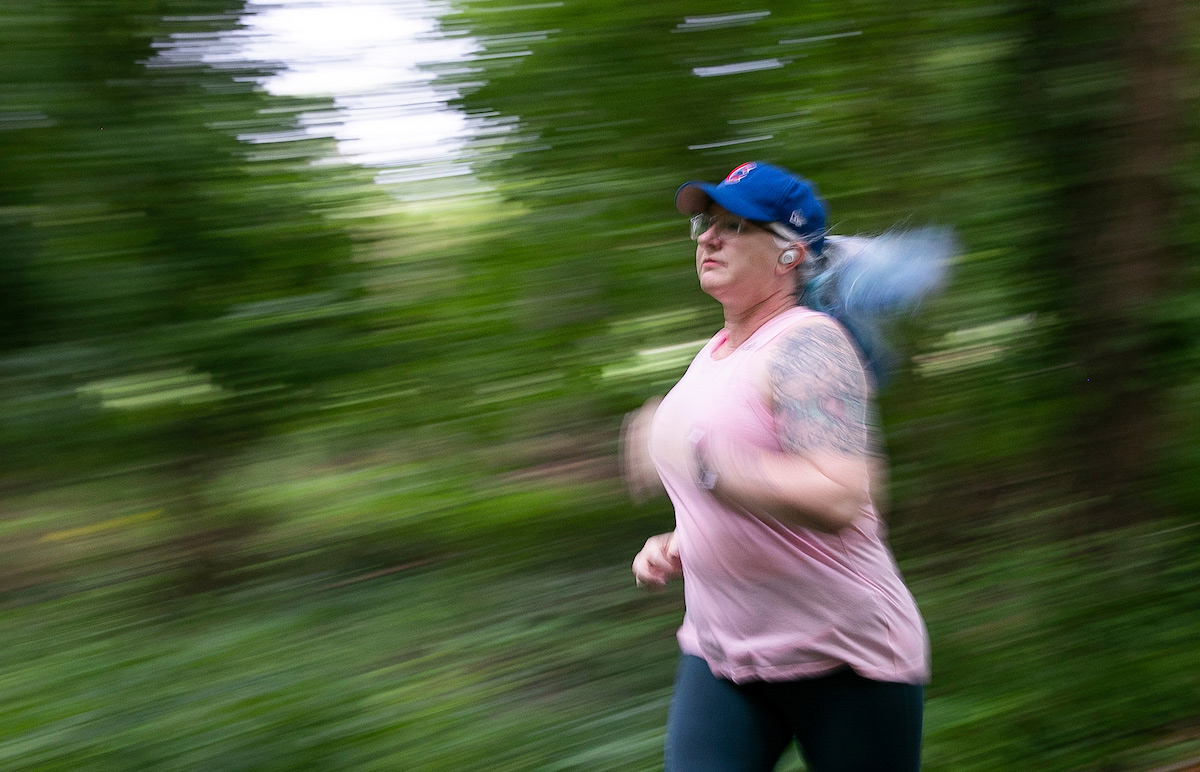
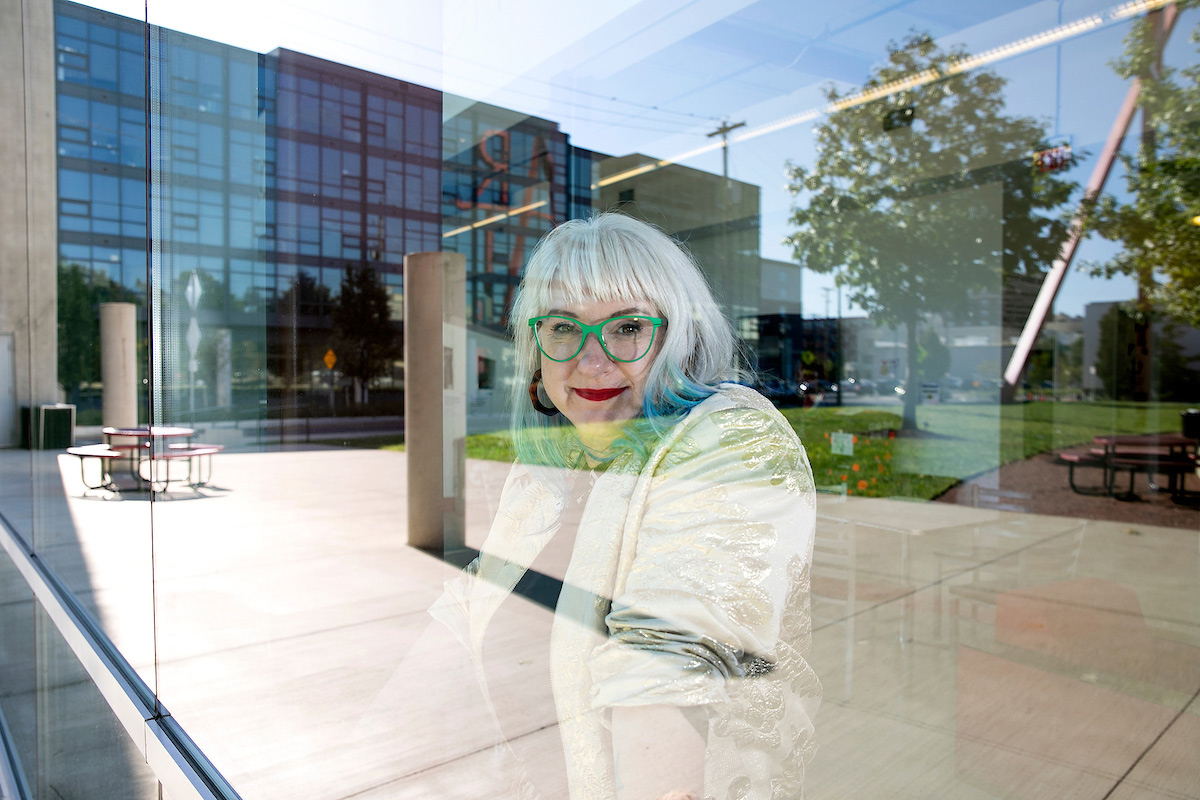
Learn more about the Comics & Narrative Practice program at CCAD, or apply today.
Post date
September 19, 2019